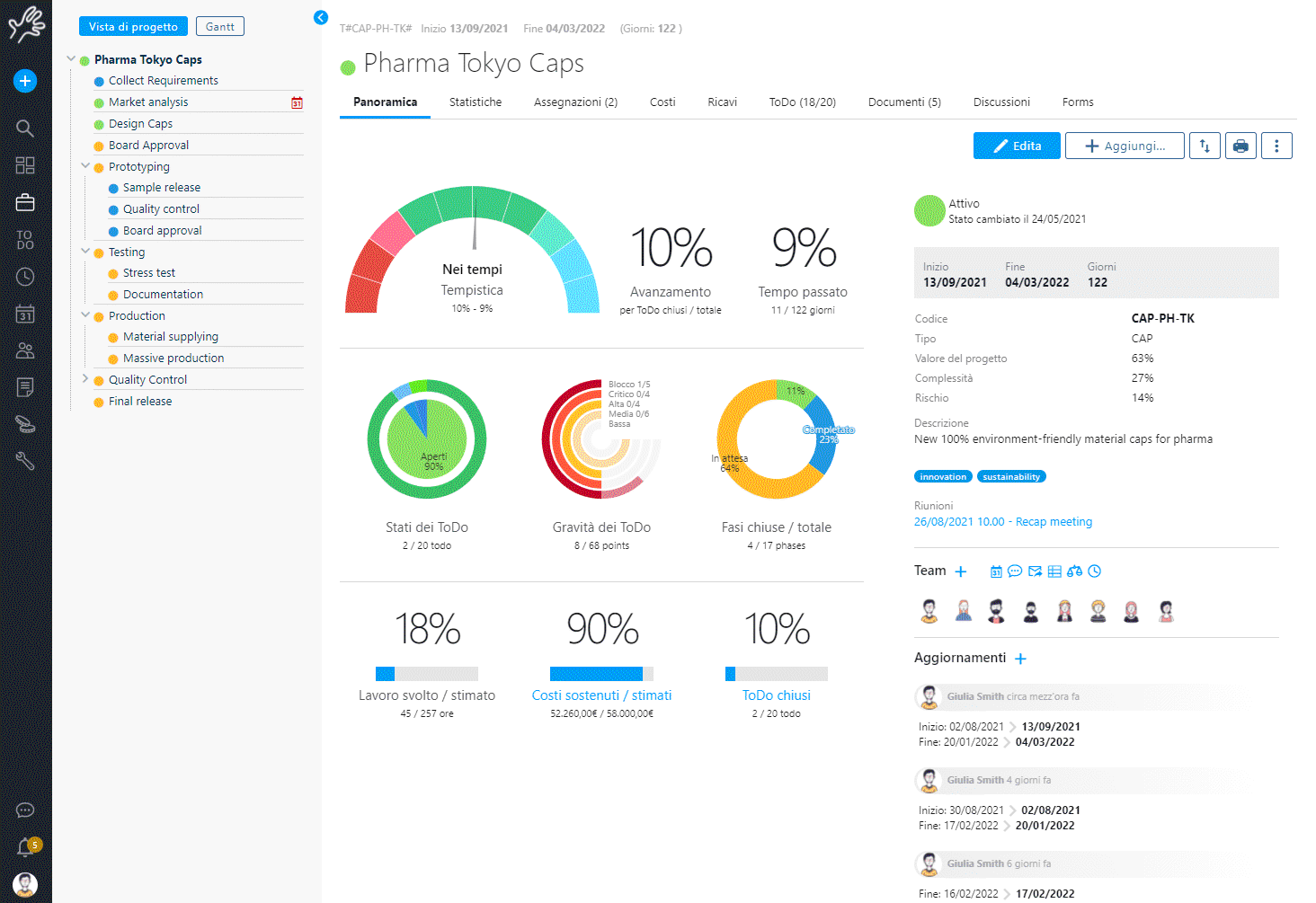A master plan is a long-term dynamic planning document that provides a conceptual framework to drive project development and growth.
Successful project managers are masters at creating comprehensive project plans that define project scope, cost, planning, activities and resources.
A Master Plan reflects a vision set in the early stages of a project and aims to bring everyone on the same page and move everyone in the same direction.
CONTENT
A master plan outlines the expectations for everything that will be achieved during the project lifecycle.
However, some people do not believe that the master plan holds real value and consider it more of a luxury rather than a necessity, especially in these times when we try to maximize our work schedule.
However, a good master plan is key to any long-term project. This is why:
- The master planning provides a road map for all future project development decisions.
- Even if seen by some as an additional cost, a master plan can eventually lead to savings in the long run.
- It allows the involvement of all parties concerned in advance and sets out expectations on how the various activities and tasks will be developed.
- A master plan approval creates “buy-ins” by the main stakeholders in a project. If everyone gives their “blessing” at the outset, there will be much less chance to ask questions or step back later.
- A master plan allows you to estimate costs before the actual work begins. This also allows you to raise funds for a longer period of time to fund your project.
- General planning can create visibility and credibility for a project. If a project’s vision can be presented to its potential users, it often generates excitement about its potential and this often drives a project and helps it to happen sooner.
- Projects that have a planned master plan generally have a higher completion rate than unplanned projects.
Master plan development process
Here are some typical elements for a good project master plan:
Feasibility study
A feasibility study is an objective review of the options available for a project development.
Indica l’obiettivo previsto è raggiungibile, tenendo conto degli aspetti finanziari, sociali e ambientali.
The feasibility study is important for:
- Identifying risks and opportunities
- Providing a basis for making informed decisions
- Helping plan and allocate resources efficiently
- Improving the chances of obtaining funding and support from stakeholders
Strategic framework
The strategic framework goes hand in hand with the master plan and sets the basis for establishing basic information about possible opportunities and constraints.
In the strategic planning phase, the team also determines what key competencies are fundamental to develop the project in general.

Project scope
A project master plan is designed to ensure that the project scope baseline is maintained and consistent.
The established scope shall not be inadvertently altered or modified.
Although the goal is to make minimal or no changes to the project scope, some changes may still be necessary.
In this case, changes will be determined through the change control process set out in the master plan.
Work Breakdown Structure
The Work Breakdown Structure, WBS, is a hierarchical breakdown of the work and activities that the team needs to execute in order to achieve project objectives and create the required deliverables.
The WBS organizes and defines the total scope of the project and splits the work into smaller, more manageable parts.
The WBS simplifies project management in several ways:
By dividing the project into manageable components, the WBS makes it easier to assign responsibilities and monitor progress.
Each work package is has specific objectives, and this helps the team focus on critical activities. This approach improves transparency and focus, making it easier to estimate the costs associated with each project item and monitor expenses during project execution.
The WBS also helps identify the resources required for each work package, facilitating efficient allocation of human and material resources.
With a well-organised structure, it is easier to track project progress and identify any delays or problems. In addition, the WBS serves as a basis for managing changes to the project, assessing the impact of each change proposed.

With Twproject, for instance, teams can easily create and manage a WBS, dividing the project into manageable tasks and subtasks.
The platform organises these activities in a clear hierarchical structure, improving understanding and communication among team members, which is particularly useful in complex projects.
Twproject also allows you to clearly assign responsibilities, monitor progress in real time and effectively manage resources.
It facilitates change management by evaluating and approving requests in a structured manner, thus improving project planning, execution and control, ensuring success and on-time completion.
Phases closure and lessons learned
At the end of each phase of the project life cycle, the project manager will draft a report detailing the lessons learned.
This includes an analysis of the project objectives achieved and the success of each completed phase.
We can use these best practices for other similar projects and identify areas for process improvement.
Closing activities include reviewing all of the goals and objectives of the phase and closing problems and related risks.
Conclusions
Ultimately, we can say that the master planning is the first key step in any design process; it is the creation of a framework in which the work of the entire project will be embedded.
In large-scale projects, collaboration between several people and teams can become complex and lead to confusions that jeopardise the success of the project.
A well-developed master plan with advanced tools such as Twproject eliminates these obstacles by providing a single point of reference that everyone can follow.
This approach not only facilitates communication and collaboration, but also significantly increases the likelihood of success by ensuring that all team members are aligned and working towards a common goal.



